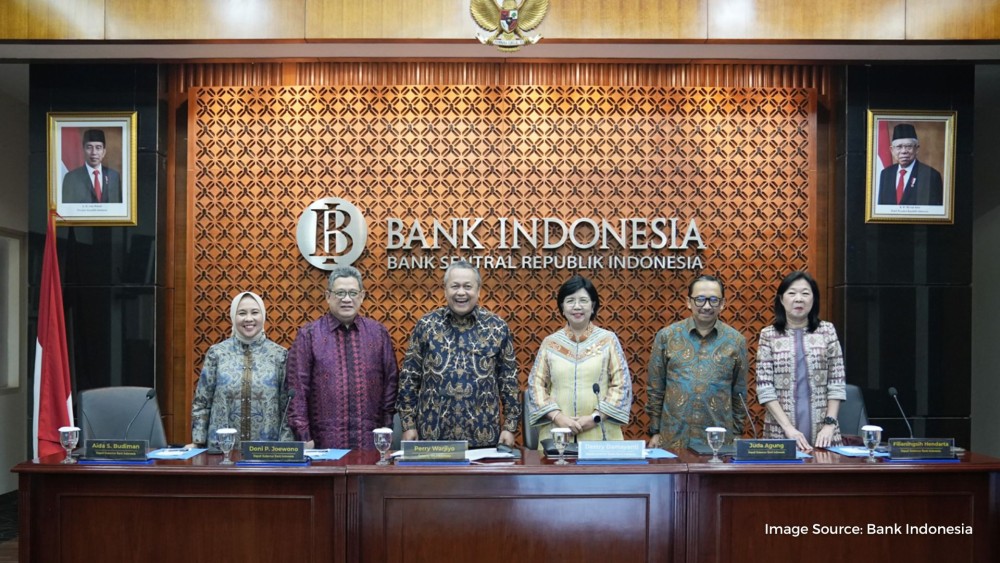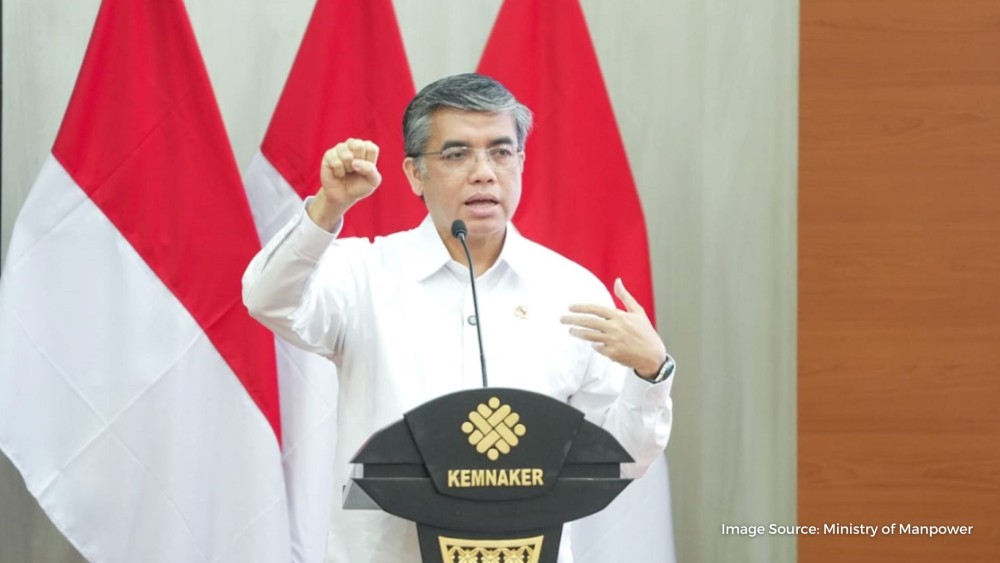Bank Indonesia Lowers Interest Rate to 6% Amid Stable Inflation
19 Sep 2024

Bank Indonesia (BI) has reduced its benchmark interest rate by 25 basis points (bps) to 6% as of September 2024. The Indonesian central bank also lowered the deposit facility rate to 5.25% and the lending facility rate to 6.75%.
BI Governor Perry Warjiyo explained that the decision aligns with the central bank’s goal of keeping inflation within the target range of 1.5% ± 1% for 2024 and 2025. The bank also seeks to strengthen the rupiah and promote sustainable economic growth.
Perry noted that the rate cut was made without waiting for the U.S. Federal Reserve’s decision on interest rates, signaling BI’s confidence in domestic economic conditions.
“We remain committed to supporting higher economic growth while ensuring stability in inflation and the rupiah exchange rate,” he said during a press conference in Jakarta.
Coincidentally, the US Federal Reserve finally decided to cut its benchmark interest rate by 50 basis points on Wednesday, September 18, two-and-a half years since it began aggressively increasing its rate to combat global inflationary pressure. The market sees the move as the start of an easing cycle and is expecting even more cuts in 2025.
Stable Economy
The reduction comes as inflation in Indonesia remains low, with some periods of deflation, and the rupiah has stabilized against the U.S. dollar. This prompted economic experts, such as Mohammad Faisal from the Center of Reform on Economics (CORE), to advocate for looser monetary policy.
"With inflation under control and a stable rupiah, there’s no reason for BI not to lower interest rates, especially to support the recovery of the real sector and boost economic growth," Faisal stated.
In addition to reducing rates, BI called on banks to follow suit by lowering lending rates, which would improve credit distribution and stimulate economic activity.
"We hope this rate cut encourages banks to reduce their lending rates and support broader economic recovery," Perry said, highlighting that this would also apply to loans benefiting from BI’s macroprudential liquidity incentives.
Perry reassured the public that banking liquidity remains adequate and that BI would continue to provide liquidity support to foster credit growth, projected at 10-12% in 2024.
This would prioritize sectors that generate employment and foster new growth areas, particularly for the lower middle class, in line with prudent banking principles.
Original article here
This article is published in partnership with Katadata






